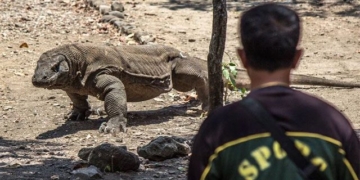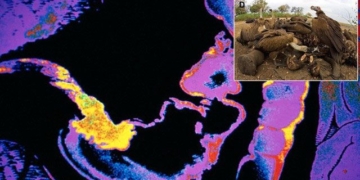For scientists and tourists, visiting Antarctica can be quite straightforward. However, for doctors, a prerequisite is to undergo an appendectomy before setting foot on the icy continent.
If you are planning to visit Australia’s research stations in Antarctica during a long, cold, and isolated winter, there are numerous factors to consider and check before your journey.
And, if you are a doctor, that checklist will include an additional item – or rather, your body must part with one thing. That is the appendectomy, which is, in fact, a mandatory requirement for all doctors stationed at research stations in Antarctica.
The regulation on “appendectomy” dates back to 1950 when an Australian doctor suffered from appendicitis on Heard Island.
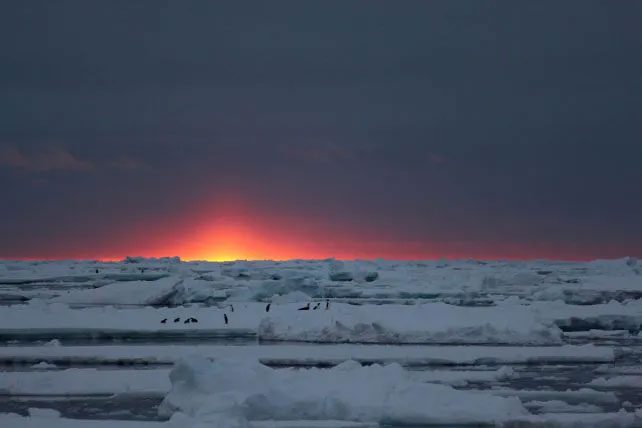
Antarctica is the driest place on Earth. More specifically, the McMurdo Dry Valleys lie here, where some areas have not seen rain or snow for the past 2 million years.
Appendicitis is the inflammation of a small organ attached to your large intestine. It is often not fatal, but it is quite common, affecting an estimated 5 to 9 out of every 100 people in the United States.
When appendicitis strikes, it can be severe: it is often serious, sudden, and can worsen within hours. It requires surgical intervention before the appendix can rupture, causing a serious infection that can lead to potentially fatal peritonitis.
For most explorers in Antarctica, if they develop appendicitis, there is typically a doctor available at the research stations – each research station has only one doctor, as was the case with Jack Starr, a cook at the Heard Island station, who was operated on by Dr. Otto Rec in October 1951. But if the doctor themselves suffers from appendicitis, the situation becomes significantly more complicated.
The first person to encounter such a situation was Dr. Serge Udovikoff at Heard Island, just over a year before Starr’s dramatic surgery in July 1950.
According to news reports at the time, Dr. Serge Udovikoff was contemplating performing surgery on himself – a nerve-wracking idea, as no doctor was known to have successfully performed their own appendectomy at that point.
However, ultimately, Dr. Serge Udovikoff did not have to go through with it, as the Australian Navy ship HMAS Australia (II) was dispatched in time to evacuate him to the nearest medical facility on land. Nonetheless, the ship’s movement at that time was extremely challenging.
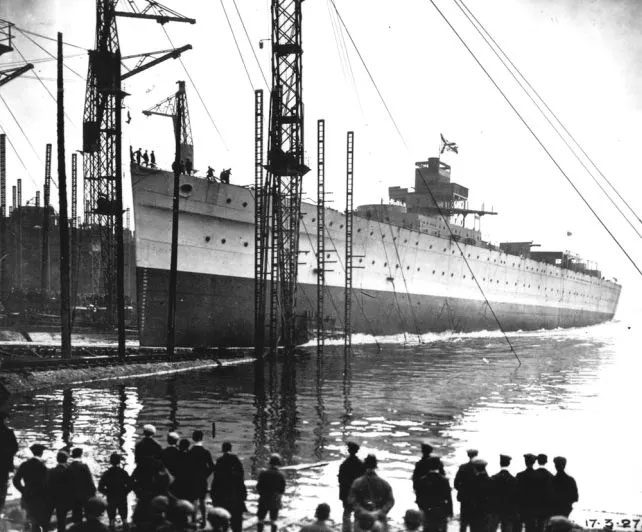
Technically, all 24 time zones are present in Antarctica, as their boundaries converge at a point at both poles.
In addition to the uncomfortable conditions from winds gusting up to 65 knots, snow, and hail, the ship faced difficulties in water supply due to the increased phytoplankton levels in the sea.
Subsequently, the requirement for appendectomies for doctors traveling to Antarctica was established. However, other countries did not follow suit, and in April 1961, Dr. Leonid Rogozov at the research station in Novolazarevskaya on the Antarctic continent faced a similar situation, but his rescue operation did not unfold as fortuitously as Udovikoff’s.
He self-diagnosed appendicitis on April 29. Other research stations were quite far away, and no planes were operational at that time, and by April 30, when he began to show signs of peritonitis, a major snowstorm hit outside.
As Rogozov was the only medical staff member at the research station at that time, he had no choice but to perform his own appendectomy. With the help of two assistants, local anesthesia, and a mirror, he began to operate on himself. The first incision was made at 10:15 PM, Moscow time.
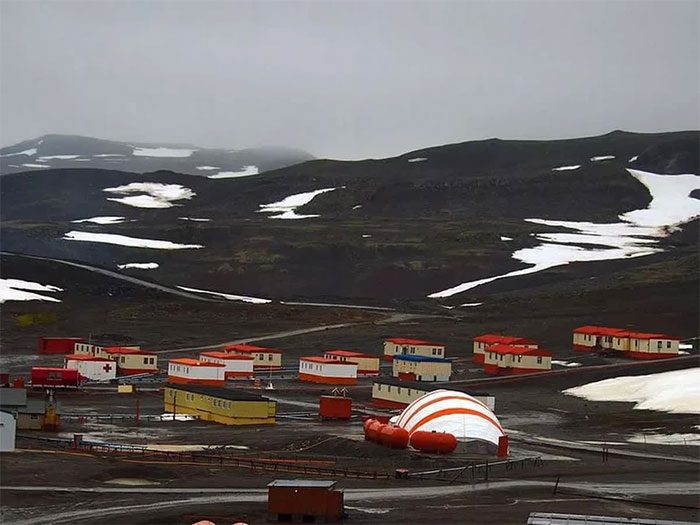
The lowest temperature ever recorded on Earth is minus 89.2 degrees Celsius, noted in Antarctica at the Russian Vostok Station on July 21, 1983.
“I often had to lift my head to feel more comfortable, and sometimes I had to work entirely by intuition,” he recalled in a 1962 article in the Soviet Union’s Antarctic Expedition Information Bulletin.
“General weakness became severe after 30-40 minutes, and dizziness began to set in, so I had to take short breaks. After the appendix was removed, antibiotics were introduced into the abdominal cavity, and the wound was stitched up tight. The operation was completed by midnight on April 30.”
Within two weeks, he had recovered and was able to perform his regular duties.
More than a year after the historic surgery, the Soviet expert team left Antarctica. On May 29, 1962, they docked at the port of Leningrad. Without delay, Rogozov immediately went to work. He worked and taught at the Department of Surgery of the Leningrad Medical Institute until the end of his life.
Regarded as the first successful case of self-surgery in a harsh environment, Rogozov became a symbol of determination and survival instinct. Notably, he steadfastly refused all honors, stating: “It was just as normal as anything else.”
Clearly, this is not a situation that professionals here wish to encounter. And after Rogozov’s case, other countries officially adopted the “appendectomy” requirement for doctors.


















































